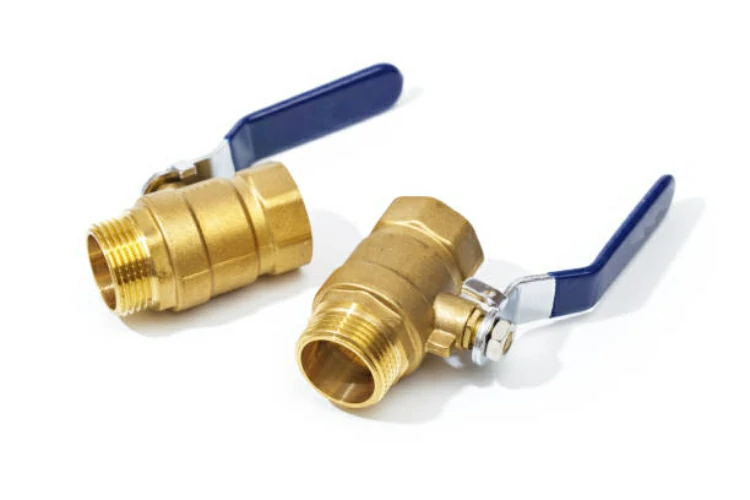Introduction
Brass stop valves, vital components in plumbing systems, play a crucial role in controlling fluid flow. They find extensive use in residential, commercial, and industrial settings owing to their reliability and durability. The choice of materials used in their construction significantly influences the performance of brass stop valve.
Brass as the Primary Material
Durability and Corrosion Resistance
Brass, an alloy of copper and zinc, is the primary material used in manufacturing brass stop valves. It offers excellent durability and corrosion resistance, making it ideal for use in various environments, including those with exposure to water and chemicals. Brass stop valves can withstand the rigors of daily use and maintain their performance over time.
Versatility and Compatibility
Brass stop valves are compatible with different types of pipes and fittings commonly used in plumbing systems. Whether it’s copper, PVC, or PEX pipes, brass stop valves can be easily integrated into existing systems or installed in new constructions. This versatility enhances their suitability for a wide range of applications.
Additional Materials and Components
Sealing Materials
Manufacturers include other materials in specific components of brass stop valves to ensure proper sealing and functionality. For instance, rubber or Teflon is common for the valve seat, creating a tight seal around the valve disc to prevent leakage when the valve is closed. The selection of sealing material depends on factors such as the type of fluid being conveyed and the operating conditions.
Handles and Stem Materials
The handles and stems of brass stop valves are typically made of durable materials such as brass, stainless steel, or thermoplastics. These materials offer strength and resilience, allowing users to operate the valves smoothly and effectively. Additionally, the ergonomic design of the handles enhances user comfort and control during valve operation.
Considerations for Material Selection
Operating Environment
When choosing materials for brass stop valves, it’s crucial to factor in the operating environment and application requirements. Considerations like temperature, pressure, fluid composition, and exposure to corrosive elements are vital for ensuring the valves’ durability and effectiveness.
Regulatory Compliance
Brass stop valves used in certain applications may need to meet specific regulatory standards or certifications to ensure compliance with industry requirements and ensure safe and reliable operation. Choosing materials that meet these standards is essential for maintaining the integrity of the plumbing system and ensuring user safety.
Conclusion
Material selection significantly influences the performance and reliability of brass stop valve. Brass, valued for its durability and corrosion resistance, remains the primary material used in manufacturing these valves. By integrating additional materials into specific components such as sealing materials and handles, manufacturers enhance the functionality and adaptability of brass stop valves. Users can make informed decisions regarding materials for these valves by considering factors like operational conditions and regulatory standards, ensuring optimal performance and longevity across various applications.
Contact
IFAN is a professional manufacturer with 30 years of experience, dedicated to producing high-quality plastic pipes, fittings, and valves. Our products include brass valves, PPR valves, as well as various pipes and fittings to meet different customer needs. Whether you need plumbing and drainage pipes or valve products, IFAN can provide a diverse range of high-quality, cost-effective products to support your projects. Below is our contact information.
We will reply your email or fax within 24 hours.
You can call us at any time if there is any question on our production.
For more information,pls visit our webside https://www.ifanplus.com/
Pls Mailto: [email protected]






